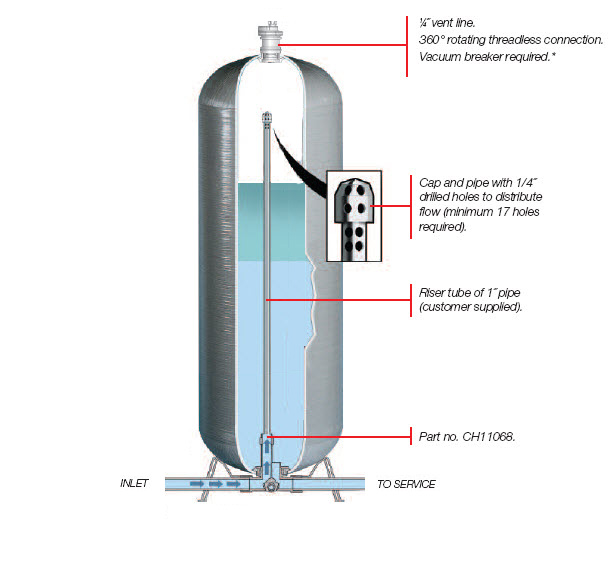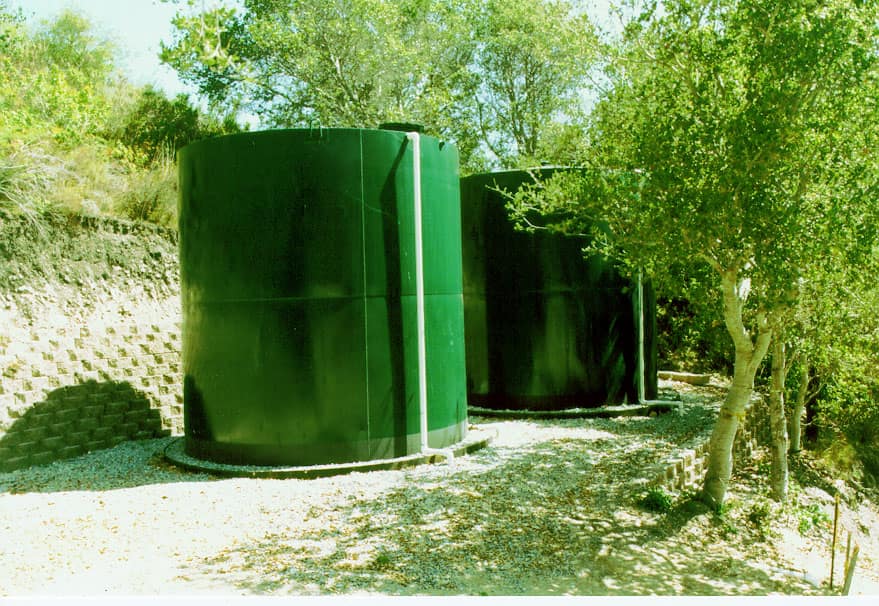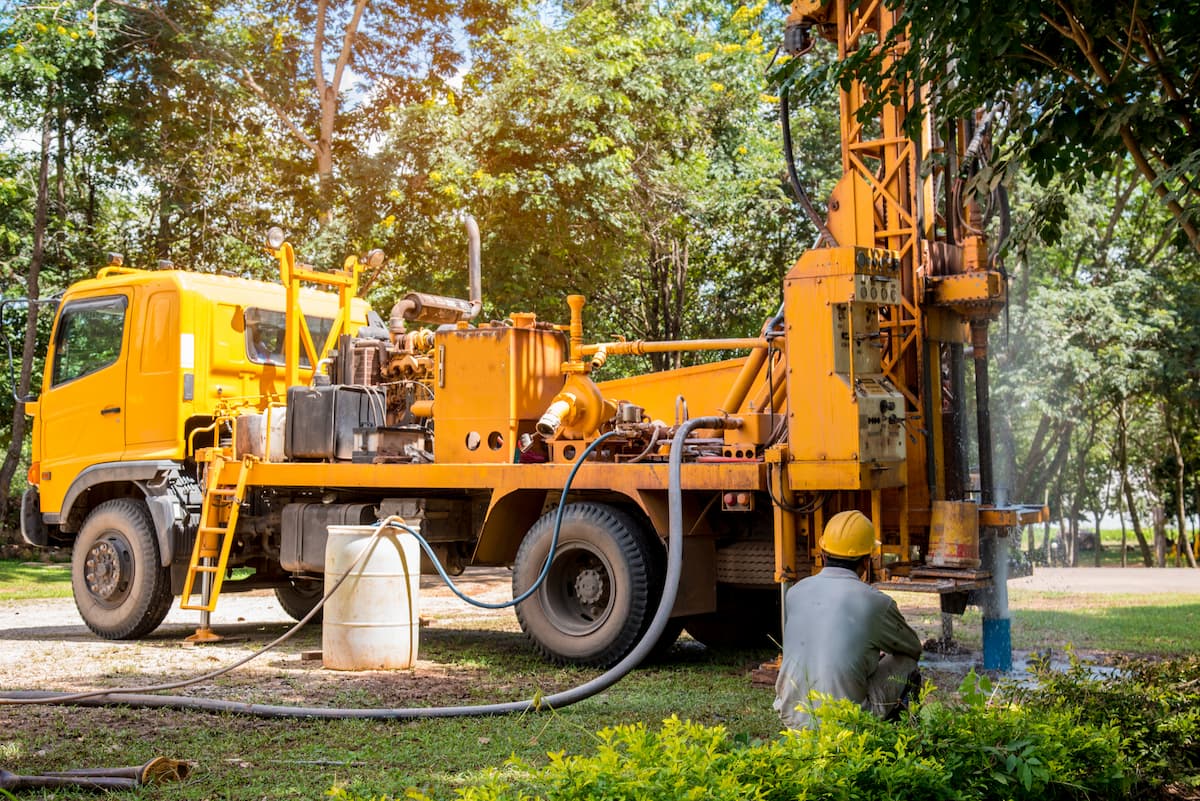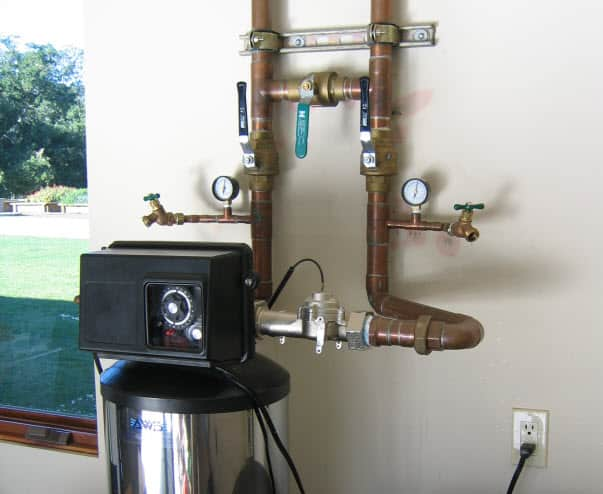“What is a CT Value?”: The (Simple) Math Behind Water Disinfection
Understanding CT Values: The Basics of Water Disinfection
Water disinfection is crucial to ensuring that it is safe to drink and free of harmful bacteria and other organisms. The primary methods of disinfection are chlorination, hydrogen peroxide injection, ozone, and UV light, each requiring absolute quantification of contact time and dosage to ensure effectiveness.
Proper contact time must also be complemented by the correct dosage of a disinfectant; multiplying the concentration of your disinfectant by the time of contact with your water will give you a CT value. This calculation is based on the equation: CT = Concentration x Time. See the formula below for calculating CT when using chlorine:
CT = Concentration of free chlorine (C mg/L) * contact time (T Minutes)
The formula for calculating CT values is essential for understanding the efficiency of PCR amplification. The exponential phase, where reactants are in excess, is crucial for obtaining reliable quantitative data. Data points obtained from this phase are deemed the most valuable for calculating initial target quantities, ensuring the accuracy of gene quantification.
Free chlorine = Concentration measured in milligrams per liter (mg/L)

Since different contaminants require different CT values for complete disinfection, it’s important that you find the right amounts of disinfectant and contact time needed to adequately disinfect your water. Note that higher concentrations of disinfectants are required when contact time is shorter; for this reason, longer contact times are preferable. The effectiveness of disinfection can be significantly affected by factors such as water quality and the presence of organic matter.
Now that you know how to calculate your CT value, consult the charts below to determine precisely what value you’ll need to disinfect your water based on its condition and contaminants. Note that a 3-log removal means a 99.9% removal rate, while a 4-log removal will remove 99.99% of viruses/bacteria.
U.S. EPA CT VALUES (mg/L x min) for the Inactivation of Giardia Cysts with Ozone at Different Temperatures and pH from 6 to 9. Temperature °C (°F)
| Inactivation | 0.5(32.1) | 5(41) | 10(50) | 15(59) | 20(68) | 25(77) |
| 0.5 log | 0.48 | 0.32 | 0.23 | 0.16 | 0.12 | 0.08 |
| 1.0 log | 0.97 | 0.63 | 0.48 | 0.32 | 0.24 | 0.16 |
| 1.5 log | 1.50 | 0.95 | 0.72 | 0.48 | 0.36 | 0.24 |
| 2.0 log | 1.90 | 1.30 | 0.95 | 0.63 | 0.48 | 0.32 |
| 2.5 log | 2.40 | 1.60 | 1.20 | 0.79 | 0.60 | 0.40 |
| 3.0 log | 2.90 | 1.90 | 1.40 | 0.95 | 0.72 | 0.48 |
CT Values for Inactivation of Viruses by Ozone Temperature, °C
| Inactivation | <1 |
5 |
10 |
15 |
20 |
25 |
| 2‐ log | 0.48 | 0.32 | 0.23 | 0.16 | 0.12 | 0.08 |
| 3‐ log | 0.97 | 0.63 | 0.48 | 0.32 | 0.24 | 0.16 |
| 4‐ log | 1.50 | 0.95 | 0.72 | 0.48 | 0.36 | 0.24 |
CT Values for 3‐log (99.9%) Inactivation of Giardia Cysts by Free Chlorine at Water Temperature 10.0 °C (50°F)
| Free Residual, Mg/L |
pH < 6.0 |
pH 6.5 |
pH 7.0 |
pH 7.5 |
pH 8.0 |
pH 8.5 |
pH < 9.0 |
| < 0.4 |
73 |
88 |
104 |
125 |
149 |
177 |
209 |
| 0.6 |
75 |
90 |
107 |
128 |
153 |
183 |
218 |
| 0.8 |
78 |
92 |
110 |
131 |
158 |
189 |
226 |
| 1.0 |
79 |
94 |
112 |
134 |
162 |
195 |
234 |
| 1.2 |
80 |
95 |
114 |
137 |
168 |
200 |
240 |
| 1.4 |
82 |
98 |
116 |
140 |
170 |
206 |
247 |
| 1.6 |
83 |
99 |
119 |
144 |
174 |
211 |
253 |
| 1.8 |
88 |
101 |
122 |
147 |
179 |
215 |
259 |
| 2.0 |
87 |
104 |
124 |
150 |
182 |
221 |
265 |
| 2.2 |
89 |
105 |
127 |
153 |
186 |
225 |
271 |
| 2.4 |
90 |
107 |
129 |
157 |
190 |
230 |
276 |
| 2.6 |
92 |
110 |
131 |
160 |
194 |
234 |
281 |
| 2.8 |
93 |
111 |
134 |
163 |
197 |
239 |
287 |
| 3.0 |
95 |
113 |
137 |
166 |
201 |
243 |
292 |
Introduction to CT Values
CT values, also known as cycle threshold values, are crucial to quantitative PCR (qPCR) and real-time PCR (polymerase chain reaction) tests. CT values are derived from real-time PCR assays designed to detect specific genetic sequences. They represent the number of amplification cycles required to detect a specific genetic sequence, such as viral RNA, in a patient sample.
CT values help quantify the amount of target nucleic acid present in a sample, which is vital for determining whether a test is positive or negative. In the context of COVID-19, CT values are instrumental in detecting the presence of the SARS-CoV-2 virus in patient samples, providing critical information for diagnosis and treatment. In clinical settings, CT values provide insights into viral load and help guide treatment decisions.
Calculating CT Values
CT values are calculated using real-time PCR software, which meticulously analyzes the fluorescence signal emitted during amplification. The software ensures consistent calculation of CT values by using standardized algorithms. The software sets a fluorescence threshold, and the cycle number at which the reaction crosses this threshold is defined as the CT value.
The amplification process is often visualized through a graph, showing the relationship between fluorescence units and PCR cycle numbers. This value is inversely proportional to the amount of target nucleic acid present in the sample.
In simpler terms, lower CT values indicate a higher concentration of viral RNA in the original sample, while high CT values suggest only trace amounts of viral RNA. This relationship helps clinicians and researchers gauge the viral load in a patient sample accurately.
Factors That Influence CT Measurements in Water Disinfection
Several factors impact the accuracy and reliability of CT measurements in water disinfection. Key considerations include:
- Water Quality: Turbidity, pH levels, and organic matter can interfere with disinfection. For example, high turbidity can disrupt PCR reactions and lead to inaccurate results.
- Disinfection Method: Different methods, such as chlorination versus UV treatment, operate under unique parameters that affect CT measurements. Understanding each method's requirements is crucial.
- Sample Collection: Proper techniques are critical. Contamination or sample degradation during collection can skew results and compromise accuracy.
- PCR Reaction Conditions: Variables like temperature, primer concentration, and reaction time directly affect CT measurements. Optimizing these conditions ensures more reliable detection.
- Fluorescence Threshold Setting: Adjusting the fluorescence threshold influences results. A higher threshold typically produces higher CT readings, while a lower threshold yields lower values.
- Target Nucleic Acid: The type and amount of target nucleic acid (such as viral RNA or bacterial DNA) require different primers and conditions, which can impact measurement outcomes.
- High CT Readings: Elevated CT readings may indicate inhibitors or contaminants in the sample. Identifying and correcting these issues is essential for accurate results.
- Quantitative PCR (qPCR) Optimization: qPCR is highly sensitive but requires careful primer design and reaction optimization to produce low, accurate CT readings.
- Lower CT Readings: Lower values generally suggest higher concentrations of the target nucleic acid, improving sensitivity and detection effectiveness.
- Background Fluorescence: Excessive background fluorescence can artificially raise CT readings. Reducing background noise helps achieve more precise measurements.
Limitations of CT Values
While CT values are a valuable tool in quantitative PCR, they come with certain limitations. It is important to compare CT values across different tests carefully, as variations in methodologies can lead to discrepancies. Various factors can affect CT values, including the quality of the PCR reaction, the concentration of the target nucleic acid, and the presence of inhibitors in the reaction.
Variations in endpoint values can occur due to accumulated inhibitors and other limiting factors. Additionally, CT values can vary between different PCR tests and machines, making it essential to consider these variations when interpreting results. It’s also important to note that CT values are not clinically validated or cleared to serve as semi-quantitative viral load assessments.
Therefore, their use should always be contextualized within a patient’s symptoms and overall disease course to ensure accurate and meaningful interpretations.
Applications of CT Measurements in Water Disinfection
CT measurements have important applications beyond COVID-19 testing, including water disinfection. Different assays, each with specific detection parameters, help evaluate disinfection effectiveness during treatment processes like chlorination and UV exposure. Proper sample extraction is crucial for accurate results, as it impacts assay sensitivity. By measuring the CT level in water samples, treatment plants can verify if disinfection has successfully reduced pathogen concentrations, including bacteria and viruses. This data is essential for adjusting treatment methods to produce safe drinking water and protect public health.
Conclusion
CT values are a critical component of quantitative PCR and real-time PCR tests, providing valuable information about the amount of target nucleic acid present in a sample. While they have limitations, they are helpful in various applications, including COVID-19 testing and water disinfection. By understanding the principles of these values and their limitations, clinicians and researchers can make informed decisions about treatment and disease management.
Now you’re ready to start disinfecting. Later this week, we’ll cover the different disinfection methods and treatment systems available to homeowners. In the meantime, feel free to email us at support@cleanwaterstore.com with any questions—or visit us at cleanwaterstore.com for more information and helpful resources. Thanks for reading!
Further Reading
World Health Organization (WHO)
WHO – Guidelines for Drinking-Water Quality
https://www.who.int/publications/i/item/9789241549950
A global guide to safe drinking water standards, including disinfection and CT values.













